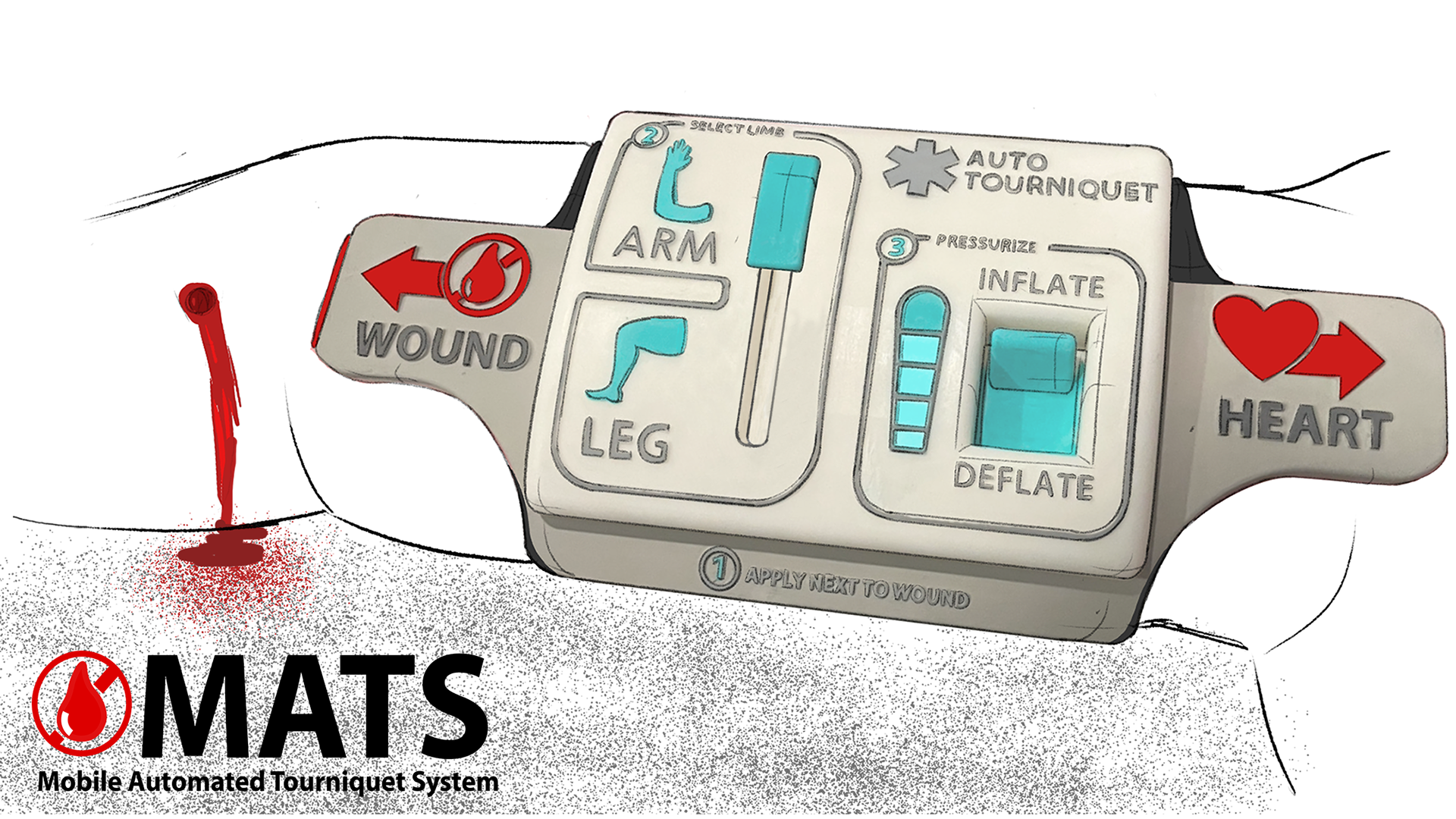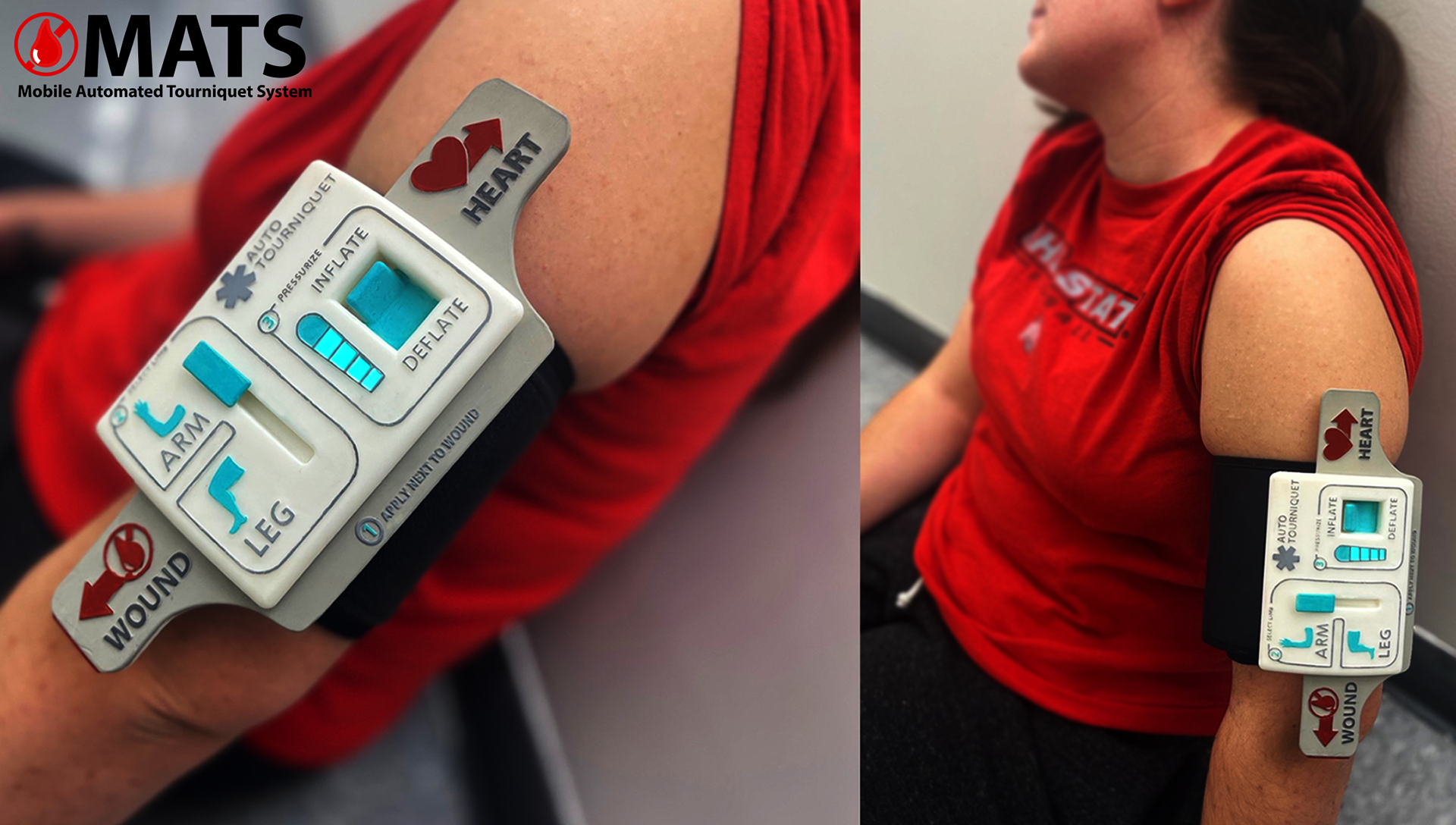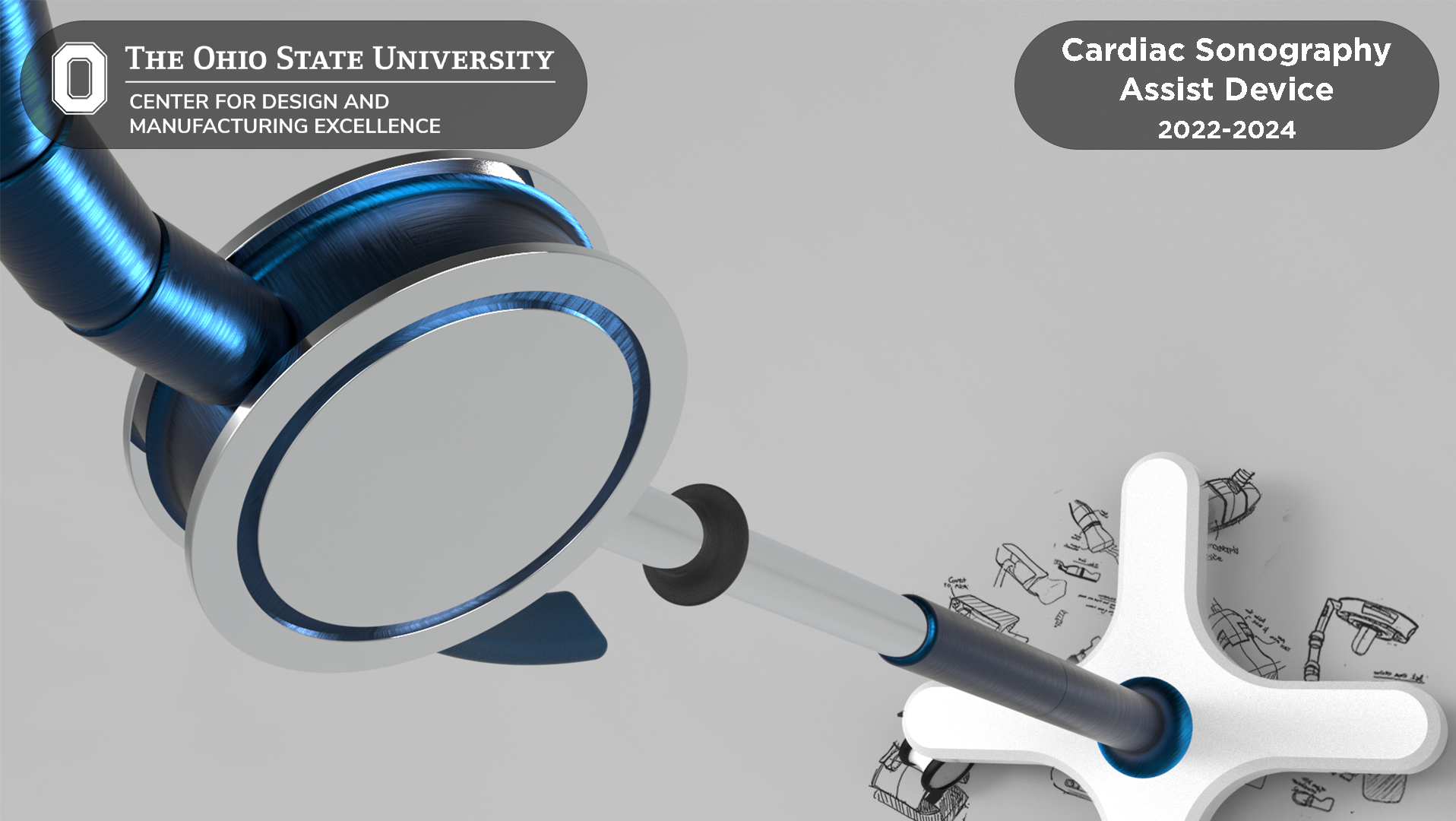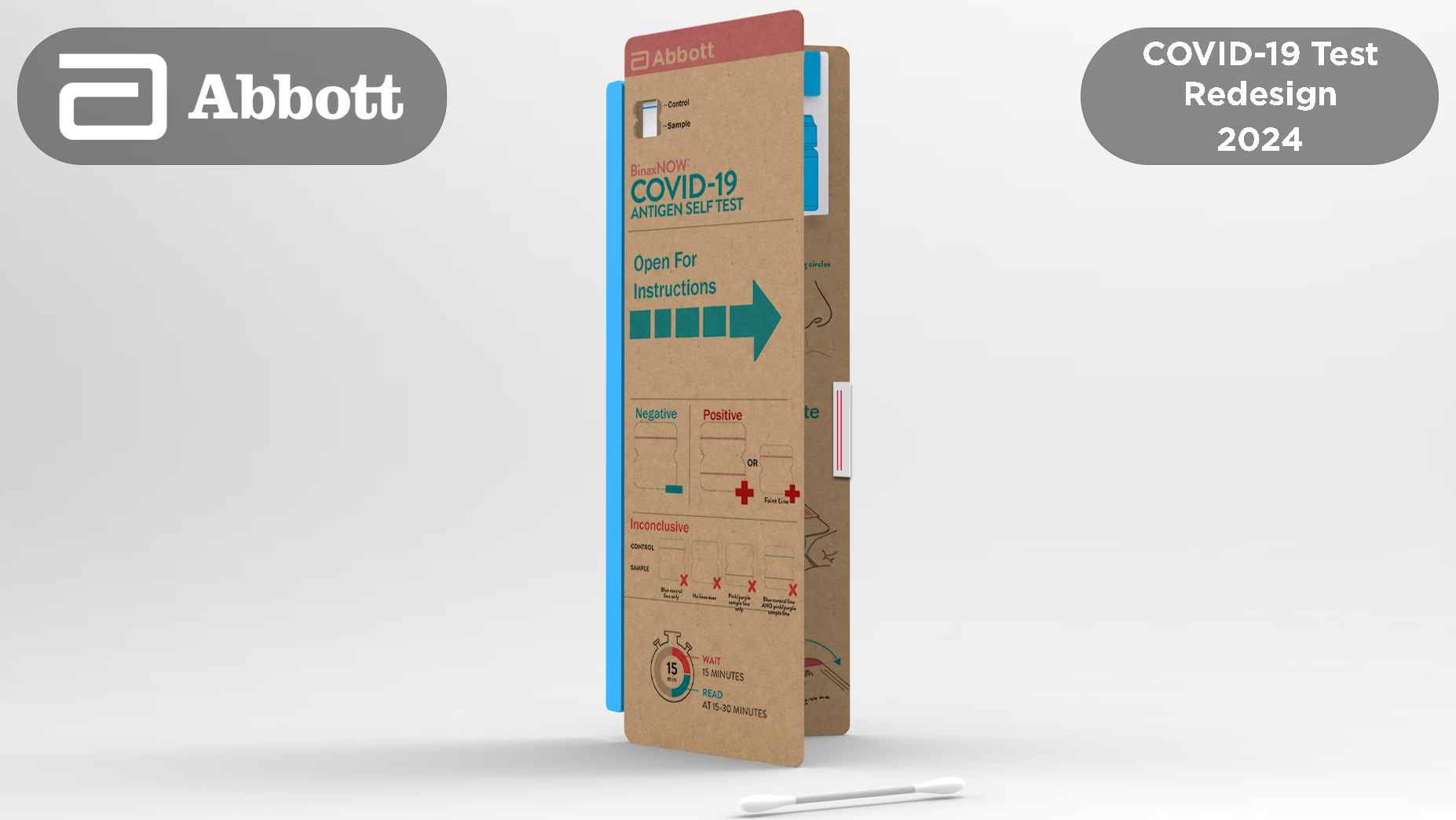Aesthetic Development




Process
Research Findings: Civilian Response to a Mass Casualty Incident
My research mainly investigated into the civilian response of Mass Casualty Incidents. Many mass casualty incidents feature first responders who, through no fault of their own, are severely overwhelmed with quantity of victims, type of care needed, and the inability to reach victims in a critical time frame. Through my research, I've come to three insights that amount to the advantages and limitations of civilians and their ability to respond in a mass casualty situation.
1. First Responders are often overwhelmed or too late to provide immediate trauma aid to the victims of a shooting, so it's up to civilians on scene to help.
2. When under extreme stress/high heart rate, physical and mental capabilities of both civilian and professional responders dwindle
What I really want to draw attention to here is the problems with vision and motor skills. This points to several key problems:
1. Users struggle to read textual directions
2. Users struggle to perform physically complex tasks, which are often required in first aid, extraction, and transportation
3. Civilians are likely to apply a tourniquet too loose due to the pain of the victim, stress, and/or lack of training, rendering the tourniquet useless.
Design Phase: A more intuitive tourniquet for everyone
DENMAN RESEARCH FORUM POSTER





